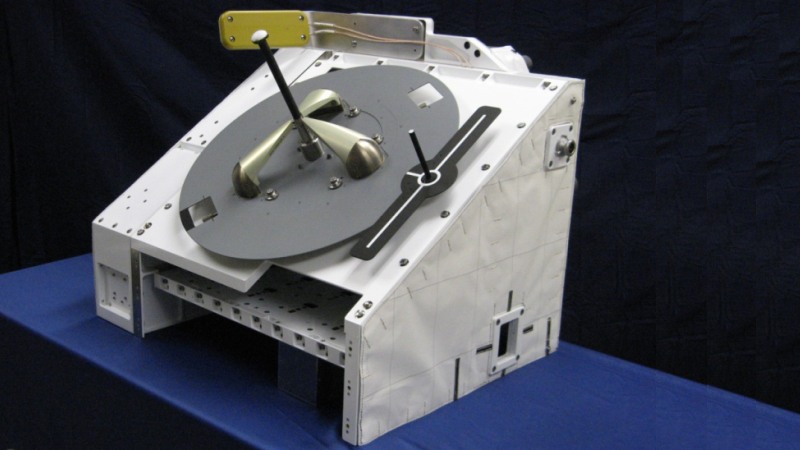
First commercial NREP payload platform to fly to the International Space Station. IMG Source: airbusdefenceandspace.com
Airbus Defence and Space has designed and built a payload platform for the International Space Station (ISS) for NanoRacks LLC, a privately-owned US space company.
The platform will be installed outside of the ISS, and will be used to carry out multiple experiments to be carried out with a wide variety of payloads in zero gravity conditions. Airbus Defence and Space, the second-largest space company in the world, will be responsible for integrating the payload as well as for operating the payload platform. Airbus Defence and Space plans to work with NanoRacks LLC to market the system globally. The first NanoRacks External Payload Platform (NREP) is expected to be launched on Aug. 19, 2015 from the Tanegashima Space Center in Japan. It will be carried aloft on the Japanese HTV 5 supply transporter to the ISS.
As part of the commercially run NREP programme, NanoRacks LLC of the U.S. awarded Space Systems in Bremen the contract to design and build the payload platform, to carry out the analytical integration of the payload and to operate the system. The astronauts will then be responsible for integrating the payload into the ISS. “NREP offers customers who, for example, develop technology for commercial and scientific satellites the possibility to test and mitigate risk before launching satellites for missions,” explained Uwe Pape, NREP Programme Manager at Space Systems.
The plan calls for the NREP to be fitted with the first payloads in the ISS by the astronauts in mid-2016, after which it will be attached to the exterior of the Japanese KIBO-EF module by the robot arm of the ISS. Once the experiments have been completed, the platfrom, together with the payloads, will re-enter the space station, where it will be fitted with new payloads for future missions.
Thanks to the NREP developed by Space Systems, scientists on the ground can control the ISS’s payload, check its current status and collect scientific data via Wi-Fi.
Source: Press release / Airbus Defence and Space






